Bicolor Foxface
$59.99
-
Select Variant
Bicolor Foxface, also known as the Bicolored Foxface and Uspi Spinefoot, has a distinct body coloration. Two-thirds of the front portion its body is dark brown in hue and the third that is posterior is yellow.
It requires a 125-gallon or larger aquarium. It is a peaceful species, unless it is housed with other rabbitfish. Bicolor Foxface could be housed with fish that are more aggressive. The predators of Bicolor Foxface tend to remain in peace due to its spines that are venomous, which it may raise in the event of being disturbed. Rabbitfish are usually reef-safe when they're fed properly. If they are not, it's possible to have them nibble at and consume certain species of LPS as well as soft corals.
Its diet includes various fresh algae and vegetables. It can nip and consume some hard and soft coral polyps.
Approximate Purchase Size: Small: 1-1/2" to 2-1/4"; Small/Medium: 2-1/4" to 3-1/4"; Medium: 3-1/4" to 4-1/4"; Medium/Large: 4-1/4" to 5-1/4"; Large: 5-1/4" to 7
- Description
- Additional Information
- Reviews
General information regarding Bicolor Foxface
The Bicolor Foxface Siganus uspi has a unique body coloration. The front two-thirds of its body is dark brown and the rear third is yellow. It requires a large aquarium. It is a tranquil species, except when it is housed alongside other rabbitfish. Bicolor Foxface could be housed with other fish that are more aggressive. Predators will usually remain in peace due to the venomous dorsal spines that can be raised when it is disturbed. Rabbitfish are typically reef-safe if they're well-fed. If not, it's possible for them to nibble at and eat certain species of soft and LPS corals.
size
Large, Medium, Small
Units
1
Weight
6 lbs
Dimensions
1 × 1 × 1 in


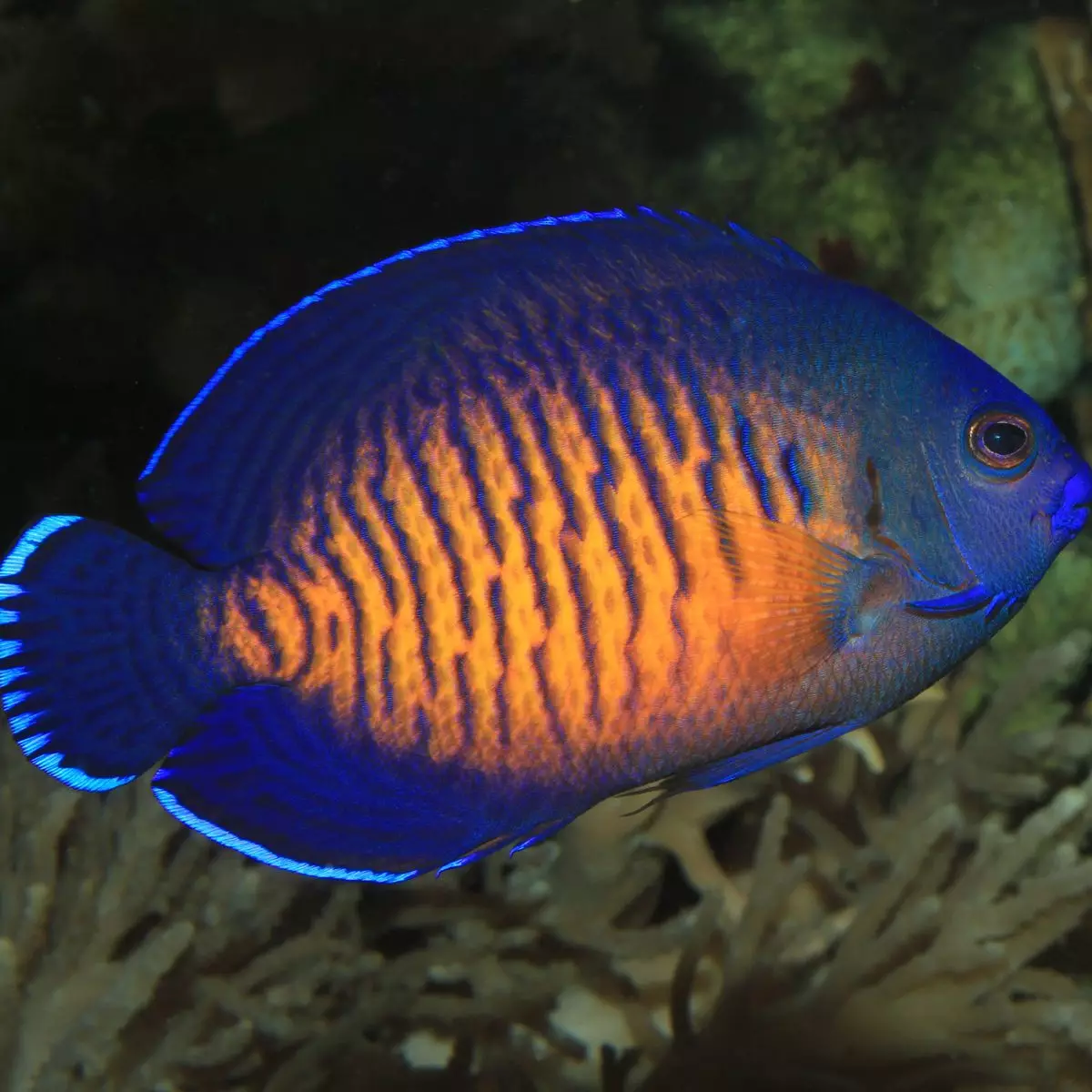
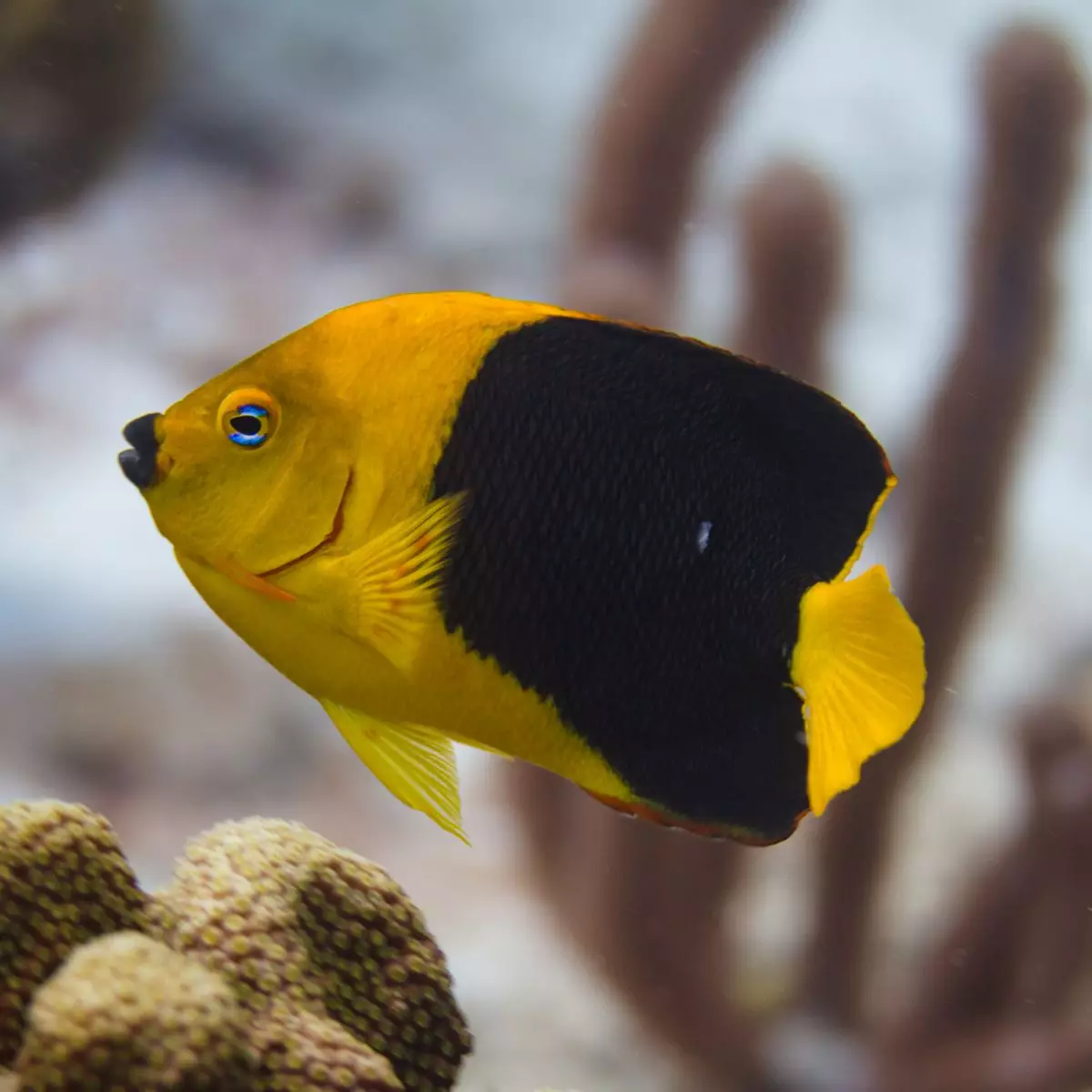
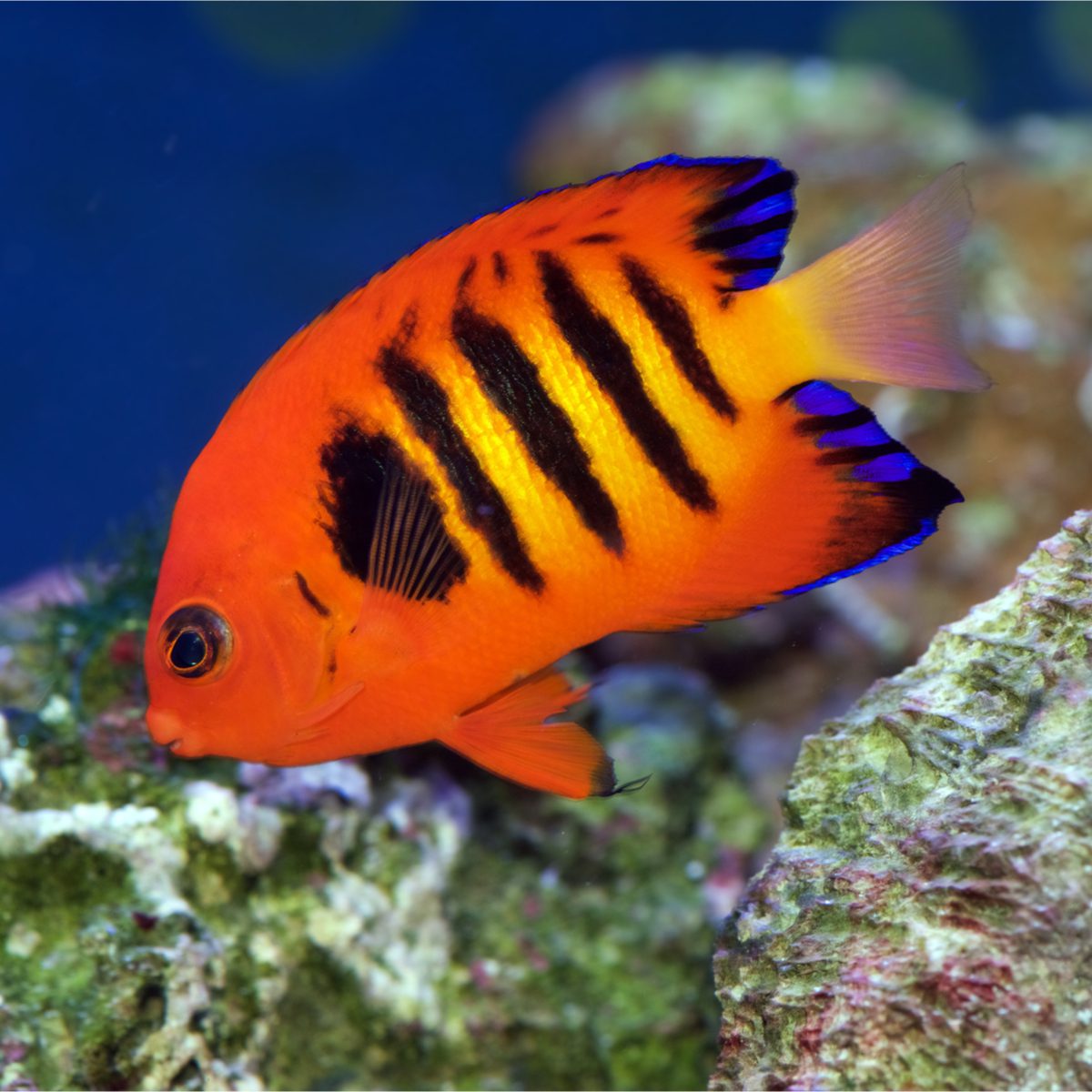
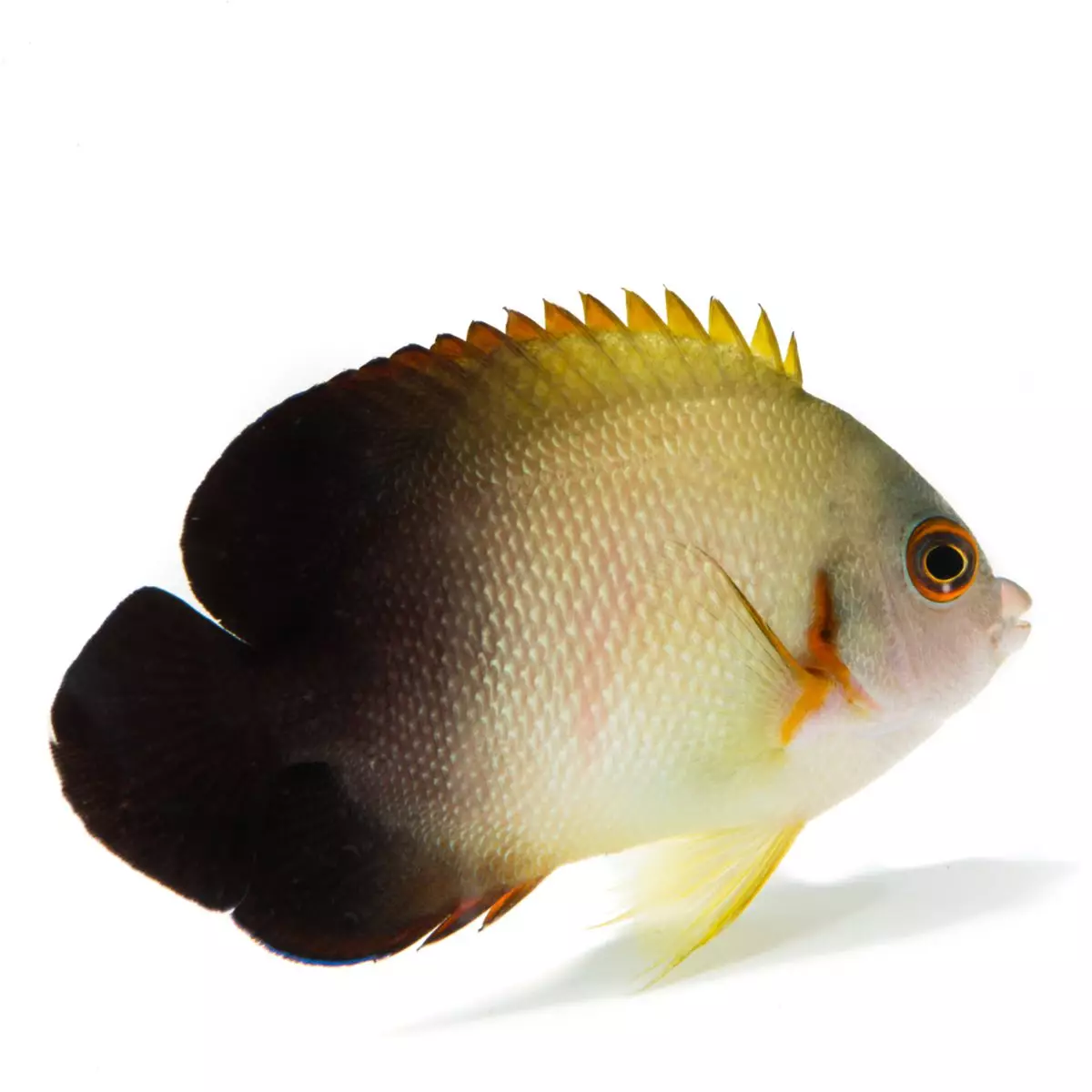
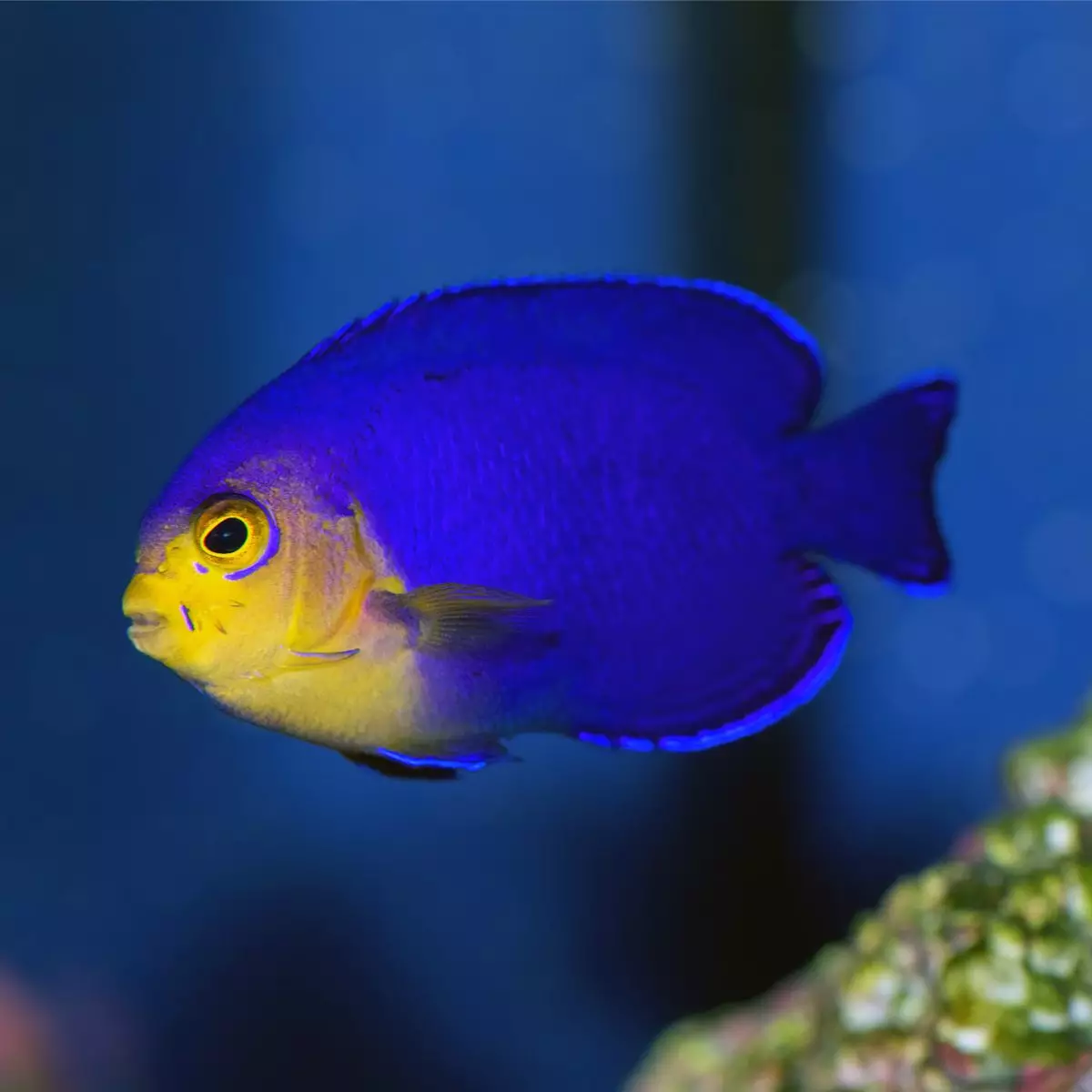

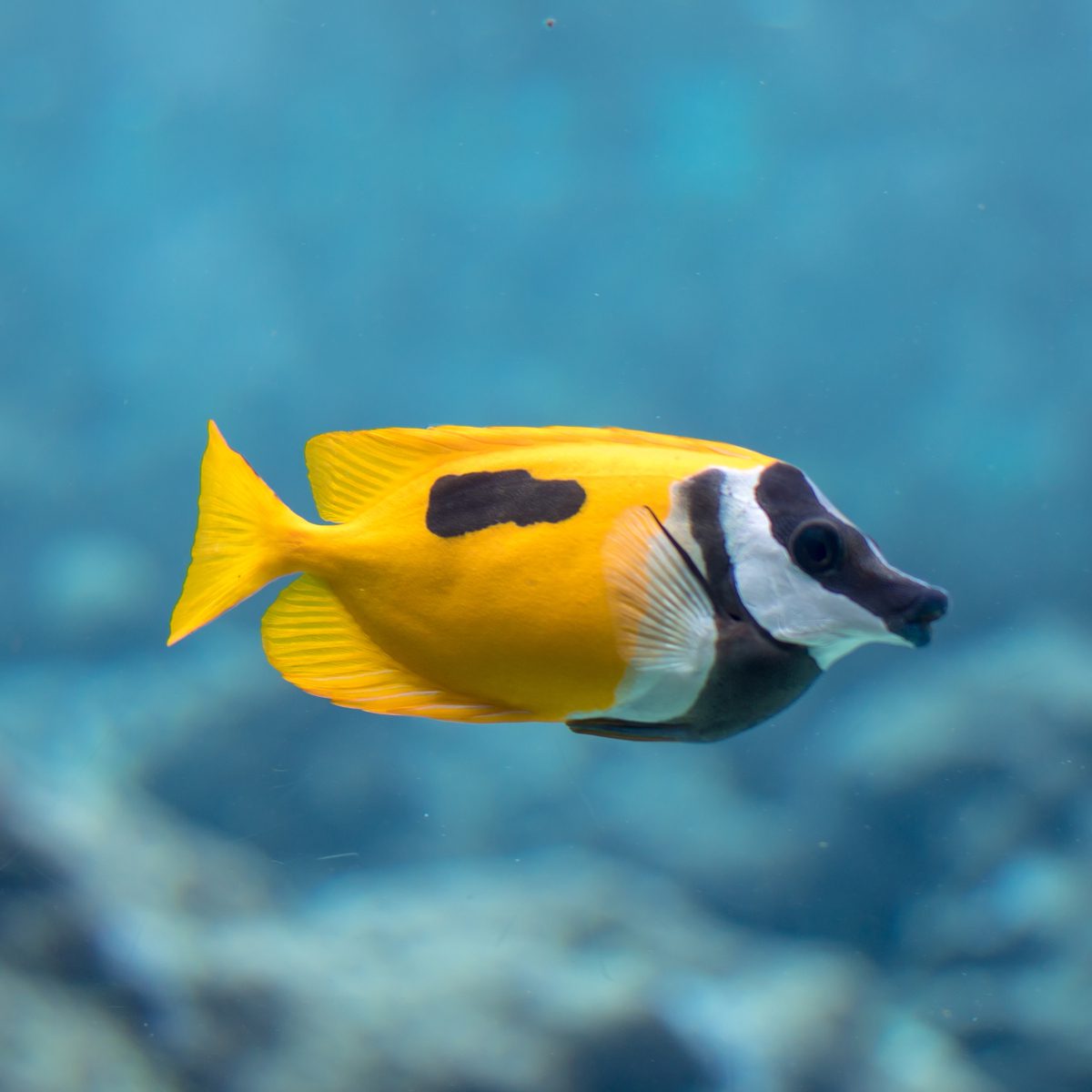
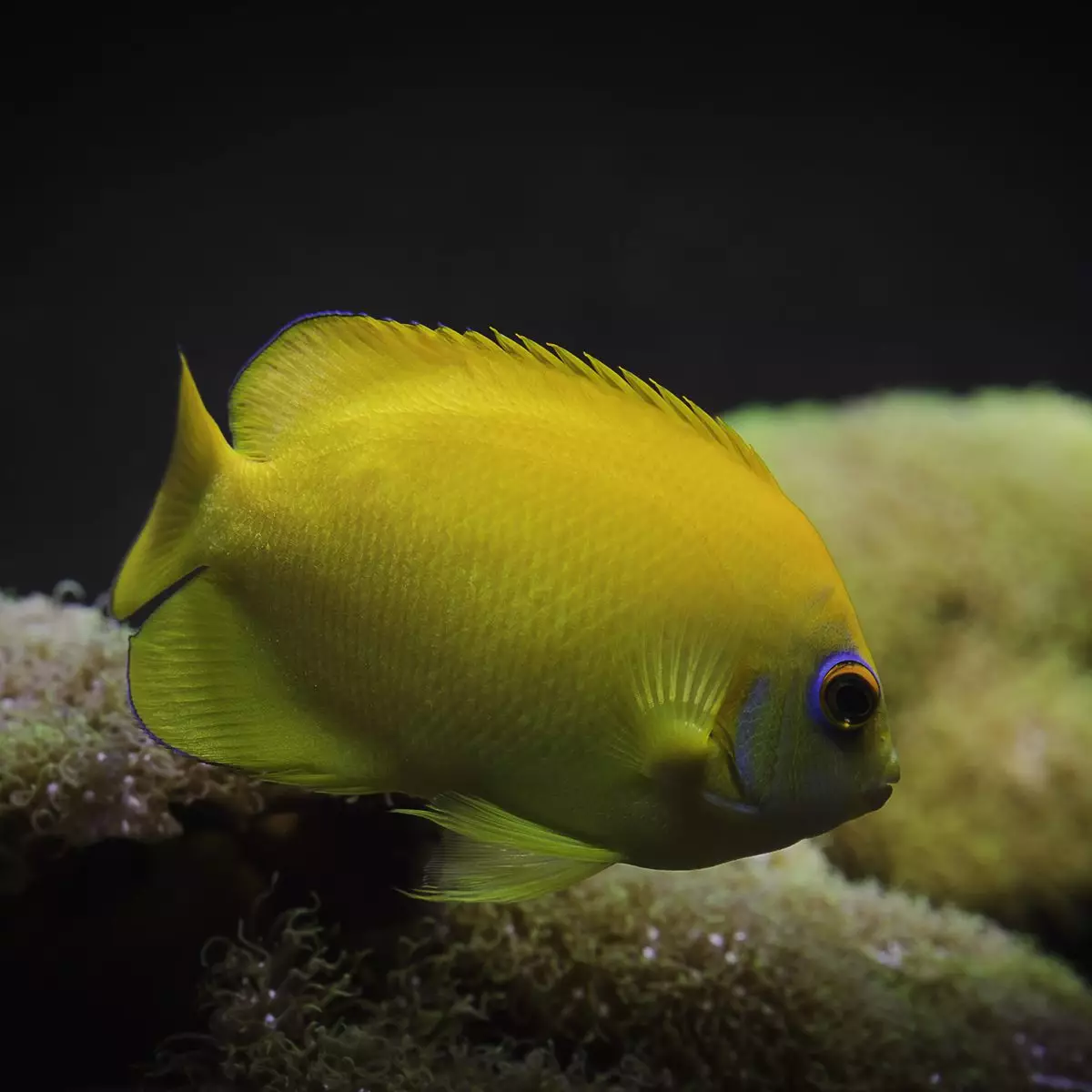

Reviews
There are no reviews yet.